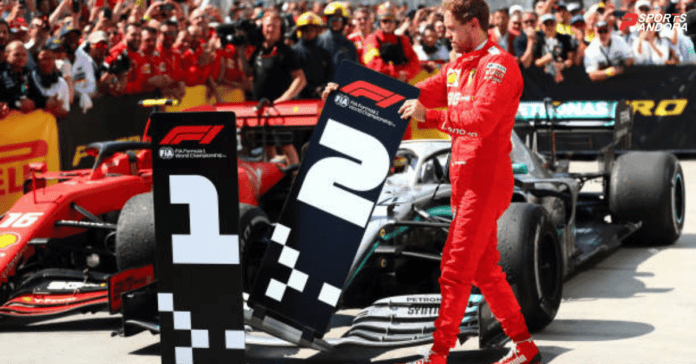Formula One, the pinnacle of motorsport, has a rich history dating back to its inaugural season in 1950. Over the years, the sport has witnessed several rule changes and the introduction of various penalties to ensure fair competition. These penalties, ranging from time penalties to grid demotions, play a crucial role in maintaining discipline on the track and influencing the standings of drivers and teams.
Formula One has evolved significantly since its inception, both in terms of technological advancements and regulations. From the early days of open-wheel racing to the introduction of aerodynamic innovations, the sport has constantly pushed the boundaries of engineering and performance. With the evolution of Formula One came the need for rules and penalties to regulate on-track behavior and maintain the integrity of the competition.
Types of Penalties in Formula One
In Formula One, penalties serve as a means to penalize drivers for their actions that may compromise fair play or safety. Moreover, the penalties can be classified into several categories, including time penalties, grid demotions, drive-through penalties, stop-and-go penalties, and disqualifications. Each penalty carries its own severity, and the race stewards decide the appropriate punishment based on the severity of the offense committed.
Time penalties involve adding a predetermined number of seconds to a driver’s overall race time. These penalties are usually given for infractions like exceeding track limits, causing avoidable collisions, or gaining an unfair advantage. However, the duration of the penalty varies based on the severity of the offense, and it is applied at the end of the race. Time penalties can significantly affect a driver’s final position, potentially demoting them from a podium finish or altering their championship standings.
Grid demotions involve moving a driver down the starting grid for the next race. This penalty is usually imposed for more serious offenses, such as dangerous driving or impeding another driver’s qualifying lap. The driver is moved to a lower position on the grid, reducing their chances of securing a favorable starting position. Grid demotions can have a profound impact on a driver’s race strategy, as starting further back in the field increases the difficulty of overtaking and increases the risk of being involved in incidents.
Additional Penalties in F1
Drive-through and stop-and-go penalties require the driver to enter the pit lane and serve the penalty during the race. A drive-through penalty involves driving through the pit lane without stopping, while a stop-and-go penalty requires the driver to stop in their designated pit box for a predetermined duration. These penalties are typically imposed for more severe offenses like causing avoidable accidents or ignoring blue flags. Serving these penalties can cost the driver valuable time and positions, often compromising their chances of a favorable race result.
In extreme cases, the race stewards have the authority to disqualify a driver from a race or exclude them from the championship. Disqualifications are usually reserved for severe rule violations or instances of unsportsmanlike conduct. Being disqualified from a race results in zero points for the driver and can have long-term implications for their championship aspirations, impacting their overall standings and potentially damaging their reputation.
READ MORE: Drag Reduction System (DRS)
In Formula One, penalties play a crucial role in maintaining fairness and safety. Whether through time penalties, grid demotions, drive-through penalties, stop-and-go penalties, or disqualifications, the race stewards ensure that drivers are held accountable for their actions on the track.




